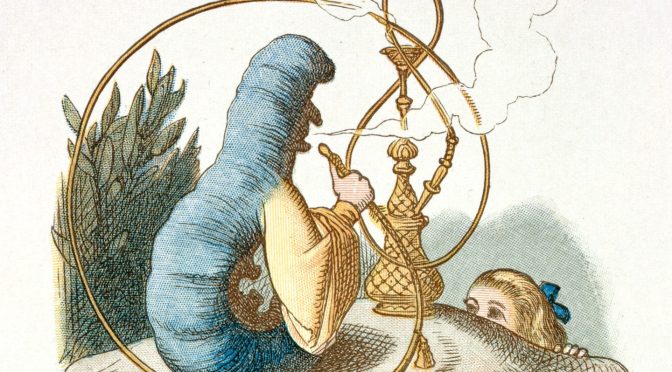It was a year ago that we lost our Steve. I’m re-running one of his posts (from February 2020) for the day. You can answer his intial question or share a Steve memory!
Today’s post comes from Steve Grooms.
I have been marveling at what my daughter accomplished this past year. Last winter she, her family and I were living in Port Huron, Michigan. She couldn’t find a job, for the local economy is depressed. My son-in-law had a job he detested, with no possibility of finding a better job. I lived in a senior citizen complex near their rental home, staying alone in my room unless my daughter was visiting me. Nobody was very happy.
It became painfully clear that my daughter and s-i-l had to move and set up new lives. Since I cast my lot with my daughter’s family when I sold my home in 2014, I would have to move too. The experiment of living in Michigan was mostly a botch.
Because my daughter was not working, she was the obvious person to do the research and planning necessary to make the move possible. But, oh my, what a fiendishly complicated task that would be.
Breaking this challenge down into smaller pieces, my daughter needed to:
- Pick a new town and neighborhood to live in where all four of us (three adults, a kid and a large old dog) might be happy.
- Find a new apartment or rental home where my daughter’s family could live, doing this research while living in Michigan, unable to look at rental properties in person. This would be especially difficult due to the shortage of affordable housing.
- Find a senior living community for me. It had to be near her home near her new job . . . wherever they might be. Once again, my daughter had no way to visit the various facilities under consideration.
- Find movers who could relocate two households 800 miles without charging much.
- Devise a way to get three automobiles from Michigan to Minnesota, a feat complicated by the fact we had only two drivers.
- Find a job for herself (a job near her new home and my new apartment, wherever they would turn out to be). This decision, too, had to be done without the benefit of a visit.
- Find a job for her husband (or at least identify a process which he could follow to find one).
- Find a great new school for her fourth-grade son.
- Do all the physical work of boxing up two households for the move.
- Clean her rental home and my apartment.
- Accomplish all of this and make the actual move in less than three months.
I wonder if that list adequately reflects how complicated this was. The sixth item alone is daunting. Everything on the list was inextricably connected to all the other issues, which made the overall project extremely tricky. Each choice depended on several other decisions, and there seemed to be no obvious place to start.
My daughter was amused by how her research turned out. The Minnesota metro region emerged as the clear favorite for many reasons but especially its strong economy. St. Paul seemed the most attractive city in Minnesota. The most desirable place to live in St. Paul, her research said, turned out to be Highland Park. So my daughter’s search for the ideal place to move led her to exactly the neighborhood where she had grown up.
We made the move last June. I believe this is the most difficult my daughter has ever faced. As of the middle of January, 2020, every single item on the list has been met successfully. My daughter now lives in an apartment a few blocks from her childhood home (although serious house-hunting begins this spring). And everybody, even the old dog, is delighted to be here.
What is the hardest thing you have ever done? Have you ever discovered that you needed to make a brand new start?


















